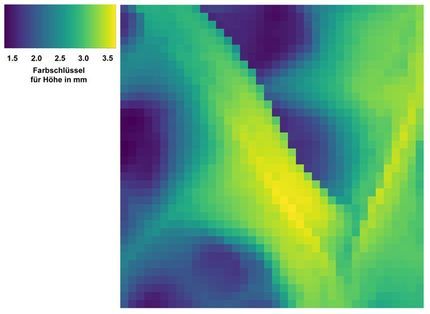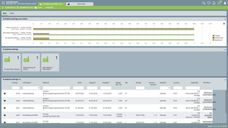AGILENT TECHNOLOGIES INTRODUCES MULTISIGNAL OUTPUT ACCESSORY FOR EASIER PHARMACEUTICAL DEVELOPMENT AND QA/QC
Advertisement
PALO ALTO, Calif., July 22, 2002 -- Agilent Technologies Inc. today introduced a multisignal output accessory that makes it easier for pharmaceutical companies to meet Good Laboratory Practices (GLP) requirements. The Agilent G1979A multisignal output accessory transfers raw data from Agilent 1100 Series LC/MSD quadrupole mass spectrometers to laboratory information management (LIMS) systems for processing. Centralization of data processing in a LIMS system facilitates the software validation required by GLP.
Easing the Regulatory Burden
Pharmaceutical companies operate under strict compliance regulations as mandated by the FDA in the United States and equivalent governing bodies around the world. These regulations become more stringent as candidate drugs move further along the development pipeline where quantitative data is required to support new drug applications. Many development laboratories use mass spectrometry (MS) for quantification of new drugs and their metabolites in efficacy and safety/toxicity studies. To meet regulatory requirements, the data system that quantifies the data must be validated. Agilent’s multisignal output accessory lessens the expensive task of validating multiple data systems in laboratories with multiple mass spectrometers by converting the unprocessed digital MS signals to analog format and transmitting them directly to the pharmaceutical company’s LIMS system. Calculations are then done on the LIMS system, so only the LIMS system would require extensive and costly validation.
Outstanding Data Handling Flexibility
The multisignal output accessory is a free-standing box. It communicates with the LC/MSD using a 10BaseT local area network (LAN), so it can be located remotely from the mass spectrometer.
The multisignal output accessory can process up to 12 input signals from an LC/MSD. An input signal can be a total ion chromatogram (TIC) signal or a selected ion monitoring (SIM) signal. The multisignal output accessory also has 12 D/A output channels. Each output channel can accommodate a TIC signal, an individual SIM ion signal, or the sum of up to 11 SIM ion signals.
Each output channel also has a configurable switch closure that may be configured for a simple SPST normally open switch or TTL enabled. Each channel has a front panel LED to indicate data activity. The maximum abundance of each output channel can be individually set in the range of 10 K to 16 M counts. The full-scale output voltage may be selected as 1 volt or 10 volts to accommodate different LIMS input limitations.
U.S. Pricing and Availability
The price of the Agilent G1979A multisignal output accessory will be approximately $9,500. Shipments are expected to start in September 2002.
Information about Agilent’s life science products and services is available at www.agilent.com/chem .
Other news from the department research and development
These products might interest you
Most read news
More news from our other portals
See the theme worlds for related content
Topic World Mass Spectrometry
Mass spectrometry enables us to detect and identify molecules and reveal their structure. Whether in chemistry, biochemistry or forensics - mass spectrometry opens up unexpected insights into the composition of our world. Immerse yourself in the fascinating world of mass spectrometry!

Topic World Mass Spectrometry
Mass spectrometry enables us to detect and identify molecules and reveal their structure. Whether in chemistry, biochemistry or forensics - mass spectrometry opens up unexpected insights into the composition of our world. Immerse yourself in the fascinating world of mass spectrometry!































































